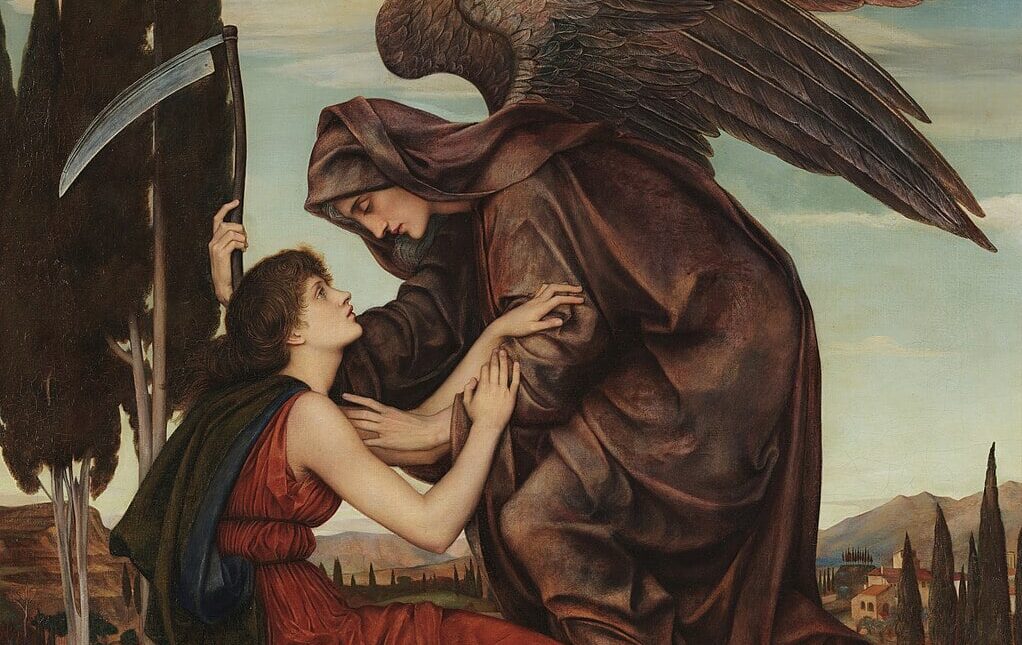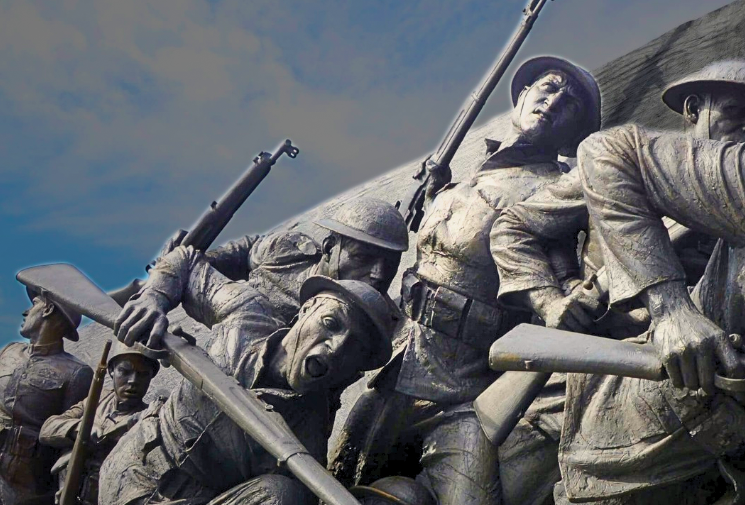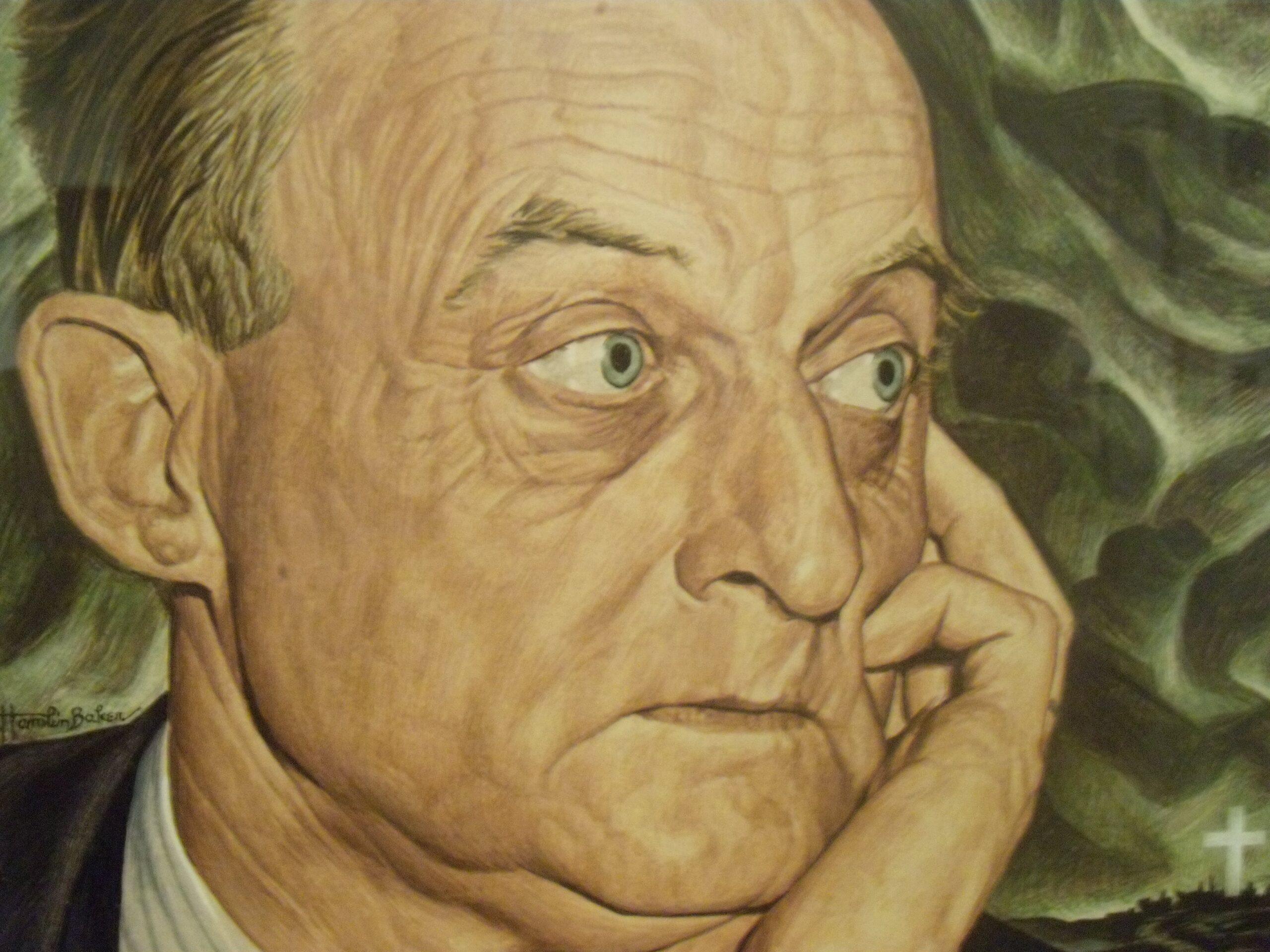This review appears in the Summer 2019 issue of Modern Age. To subscribe now, go here.
From Fire, by Water:
My Journey to the Catholic Faith
By Sohrab Ahmari
(Ignatius Press, 2019)
Sohrab Ahmari is a successful journalist who has held major editorial positions at the Wall Street Journal and the New York Post. In 2016, at the age of thirty-one, he announced his conversion to Catholicism. From Fire, by Water tells the story of his intense spiritual journey and eventual arrival at a safe haven in the Catholic Church. This rewarding book is beautifully written, intellectually honest, and constantly thought provoking. It is not surprising that it has received high accolades from U.S. Catholic leaders and intellectuals, chiefly those of conservative orientation. Philadelphia archbishop Charles Chaput supplies a laudatory foreword. Yet I remain confused about the kind of faith to which Ahmari proclaims his loyalty. Yes, it’s assuredly Catholic, indeed deeply eucharistic. But it is also idiosyncratic and idealized: the faith of someone who seems to have missed the past half century or so.
Ahmari tells his story with great frankness and a good deal of self-deprecating humor. Among other points, he clearly considers his adolescent self a jerk of the first order. Born in Iran in 1985, he grew up in the hothouse atmosphere of the Iranian revolution, in a country still scarred by the recent war with Iraq, and all the apocalyptic and messianic fervor that conflict stirred. Yet, however much Ahmari’s family had to observe publicly required standards of piety, they were religiously apathetic at home and encouraged the young boy to read and think for himself. Already he was fascinated by the West and American popular culture, especially Star Wars. Indeed, he considered himself in some sense an American before he ever set foot in that country. He was assuredly not a devout young Muslim—although as I will suggest, some of those early religious influences apparently left a stronger influence on his mind than he might care to admit.
In 1998, at age thirteen, he migrated with his mother to the United States, where they endured real poverty. Ahmari combined teenage rebellion with wide reading, including the standard range of Beats and existentialists. He had a special devotion to Nietzsche before discovering Marx. The adolescent who had escaped the gloom of Iranian repression for the blue skies of American freedom now turned to advocating full-scale communist revolution and joined a Trotskyist sect. Today, very reasonably, he views that younger radical Sohrab as “insufferably self-righteous.”
At this point, some readers might marvel that the young man might someday become a passionate Christian. Others, though, at least those familiar with radical movements of the mid-twentieth century, might be less amazed, to the point of asking, “What took you so long?” As Ahmari now recognizes, that Marxist mindset appealed to him precisely because it fitted a burning desire for a better world that in many settings would be expressed in overtly religious terms. As he rightly remarks:
Yet Marxism’s greatest attraction was its religious spirit. In those days I couldn’t see how the materialist dialectic and the Marxist science of history were really “secularized theologies,” as the liberal French philosopher Raymond Aron had argued in the 1950s. But I felt in my heart the poetry and metaphysics of Marxism’s secular salvation story, in which history designated the revolutionary party as mankind’s savior. In the Marxist imagination, revolutionary sacrifice would consummate and redeem, violently and spectacularly, every injustice and every tragedy through the ages. History would wipe away every tear.
This is a fascinating passage in terms of the author’s origins. In an American context, these words sound like he was seeing the world through the lens of Christian apocalyptic, but every word fits his background in Islam, specifically the Shia Islam that was at its most enthusiastic in his childhood years.
Shia Islam, too, was a salvation story, with an emphasis on sacrifice, martyrdom, and the redeeming slaughter of innocents. As Ahmari expounds in moving passages, Shia Muslims focus on the death of the martyr Husayn at the battle of Karbala in 680 AD. The event is reenacted each year in blood-focused rituals closely related to Christian Passion Plays. A Lebanese performance of that Ashura remembrance can look uncannily like Easter in traditional areas of Mexico or the Philippines.
Although Ahmari does not make the connection as closely as the reader might expect, that early foundation contributed something to his later worldview. When he discovered a copy of the Gospel of Matthew, he was entranced by the work in general but gripped by the sacrifice of the innocent Christ, which bore such a strong resemblance to the death of Husayn. “Why did I long for sacrifice?” he asks. That is a very Shia question. Even today, Ahmari claims to hear in Husayn’s story an echo of Christ’s teaching that “Greater love hath no man than this, that he lay down his life for his friends” (John 15:13).
Incidentally, Shia Muslims also have a deep veneration for Husayn’s mother, Fatima, and speak of her in language that recalls Catholic concepts of the Virgin Mary. A solid scholarly literature draws many analogies between Shia Islam and Catholic Christianity, not least in a shared clericalism.
In making that point, not for a second am I trying to undermine or distort the reality of Ahmari’s own conversion. I mean rather to suggest that the event was less out of the blue than we (and he) might assume. You could not grow up in Ireland in the 1950s without absorbing a good deal of the Catholic vision. Shia Iran could exercise a like influence. That is an important caveat for Western readers who might marvel that Ahmari made the leap from a stereotyped “Islam”—which is usually conceived in the narrowest Saudi-style interpretation—to the radically different world of Catholicism. In reality, his leap was not quite as large as we might think.
Crucially, Ahmari’s book is in no sense an attack on Islam, however harsh the portrait he offers of the particular version that flourished in revolutionary Iran. As he says:
I didn’t convert publicly to score a point for Team Jesus against Team Muhammad, but that was how some were interpreting my decision. If I was reacting against anything, it was against the materialism and relativism that had taken root in the West beginning in the nineteenth century. I had turned my back against Marx, Nietzsche, and Foucault, not the prophet Muhammad, whose religion had left only faint imprints on my soul by the time I entered adulthood.
Against materialism and relativism, Ahmari posed a noble and idealistic concept of how things could be different, of a new world of justice and truth. His communist infatuation represented a stage along the way, but by the time he entered his early twenties, he was seeing matters through a religious lens. A reader of fine taste, he was profoundly influenced by such books as Pope Benedict XVI’s Jesus of Nazareth and Robert Alter’s magnificent translation of the Pentateuch. He was also drawn to Christian celebrations and was immensely moved by the Mass in a Capuchin church in Manhattan.
Ahmari experimented with attendance at several churches, including Britain’s celebrated Holy Trinity Brompton but found no appeal in what are sometimes dismissed as “happy clappy” celebrations. It was the Mass and the Eucharist that drew him back, again and again, and his descriptions of these encounters are gloriously evocative. The transformative moment came not through reading but ritual, as he witnessed a High Mass in London’s Brompton Oratory. Here he found “a holy place, set apart from the banality and corruption of human affairs.” That experience led promptly to instruction in the faith from a traditional-minded priest, who had been a pupil of the legendary Monsignor Alfred Newman Gilbey. Although Gilbey was long departed by this point (he died in 1998), Ahmari clearly sees his influence in the church he now came to know and love.
That influence leads to one of the book’s odder features, namely its near-total detachment from contemporary Catholic issues and debates. Reading the book’s later sections and the story of Ahmari’s instruction, you keep thumbing back to the copyright page to check that it was not published in 1959, or even 1909. That throwback quality is all the greater in the sections dominated by the shade of Monsignor Gilbey, who was already regarded as a reactionary in the 1950s.
To compound the effect, Ahmari’s priestly mentor has him reading works by Ronald Knox, another luminary of a bygone aristocratic Catholic world. Granted, the setting for this part of Ahmari’s story is English rather than American. But real-world Catholics in that sceptered isle are very much like their colonial cousins in their current obsessions over sexuality and gender, abuse and secrecy, and challenges to the fundamental assumptions of the hierarchical church. With varying reactions, they also note the sayings and deeds of Pope Francis, whose opinions often seem to diverge from the familiar ideas of a bygone generation. Culturally and theologically, much of the Catholic world is in turmoil. A smart and widely read observer, Ahmari must know and understand all this, but he shows no real awareness of these facts. Or indeed of the lived Catholicism of the U.S. or western Europe in the 2010s.
From Fire, by Water leaves the reader profoundly impressed by Ahmari as a writer and a spiritual thinker. It also raises intriguing questions about a potential sequel. Writing a spiritual autobiography at age thirty-three is a bold act, but it is not unprecedented. I think especially of the vastly influential bestseller The Seven Storey Mountain by Thomas Merton, who is presently enjoying a new flowering in popular culture after the references in the film First Reformed. The Seven Storey Mountain was also the autobiography of a thirty-three-year-old, strange as that may seem to anyone who reads its world-weary pages. It, too, gave the sense of final completion after many years of struggle and seeking. Actually, Merton would develop substantially over the following twenty years. Even by the standards of 1968, his later spiritual directions pressed the frontiers of Catholic orthodoxy. While not challenging Ahmari’s orthodox credentials, it will be fascinating to trace his future journey. Is it too early to preorder From Fire, by Water, Part Deux: Twenty Years After?
With that caveat, Sohrab Ahmari’s book demands to be widely read, above all for its sense of conversion as rebirth. The book’s epigraph is taken from 1 Samuel: “He brings down to Sheol, and raises up.” That quote must make us turn to one of the best-known descriptions of conversion in the English literature of the past century, G. K. Chesterton’s The Convert (1922):
After one moment when I bowed my head
And the whole world turned over and came upright,
And I came out where the old road shone white. . . .
The sages have a hundred maps to give
That trace their crawling cosmos like a tree,
They rattle reason out through many a sieve
That stores the sand and lets the gold go free:
And all these things are less than dust to me
Because my name is Lazarus and I live.
I think Sohrab Ahmari would endorse every word. ♦
Philip Jenkins is a Distinguished Professor of History at Baylor University. His most recent book is Crucible of Faith: The Ancient Revolution that Made Our Modern Religious World.
Founded in 1957 by the great Russell Kirk, Modern Age is the forum for stimulating debate and discussion of the most important ideas of concern to conservatives of all stripes. It plays a vital role in these contentious, confusing times by applying timeless principles to the specific conditions and crises of our age—to what Kirk, in the inaugural issue, called “the great moral and social and political and economic and literary questions of the hour.”
Subscribe to Modern Age »












